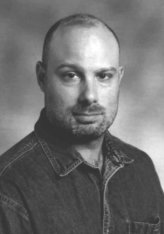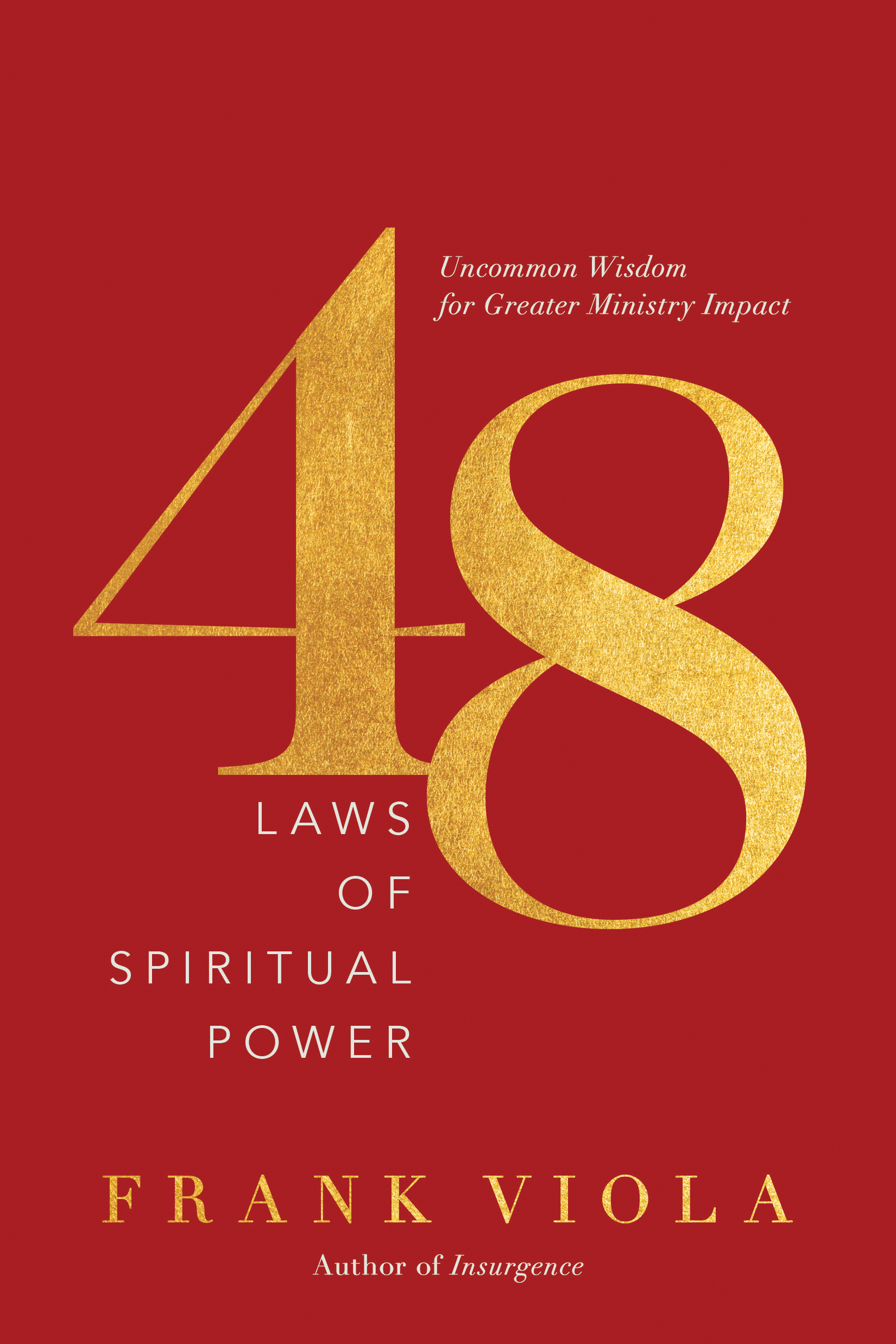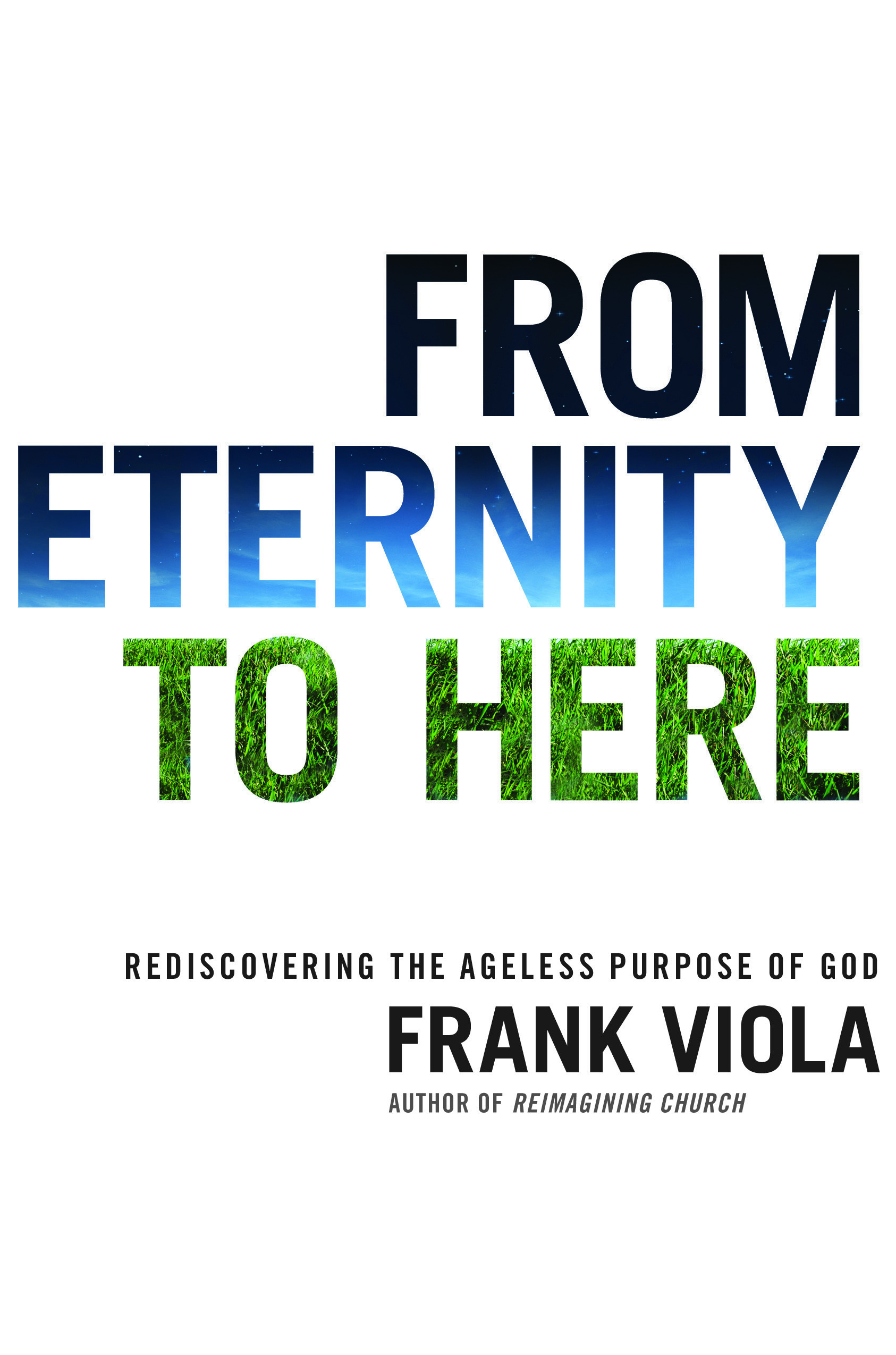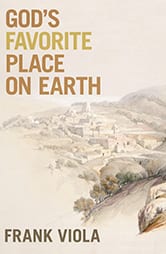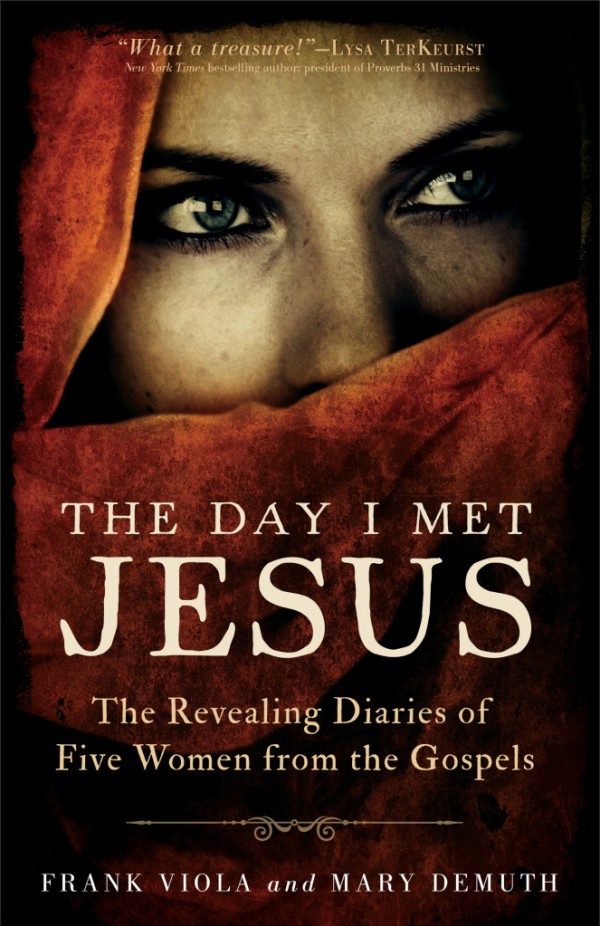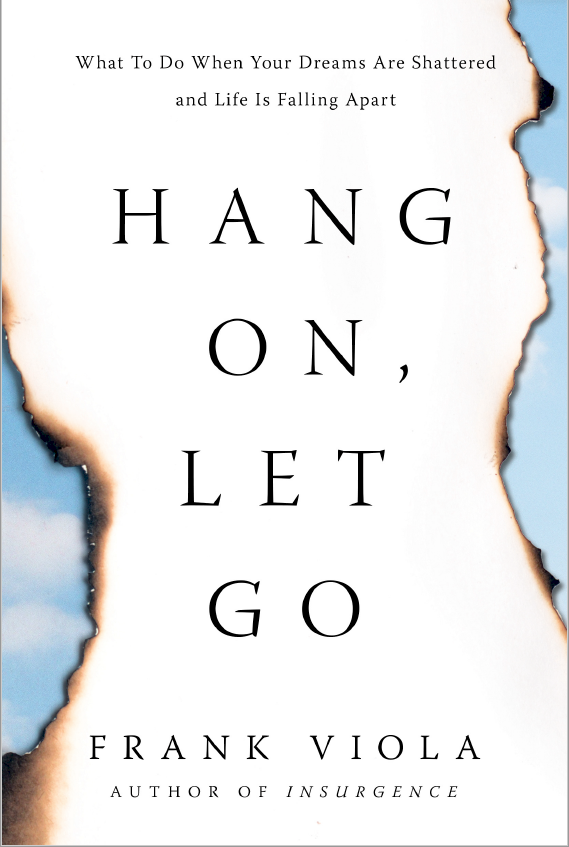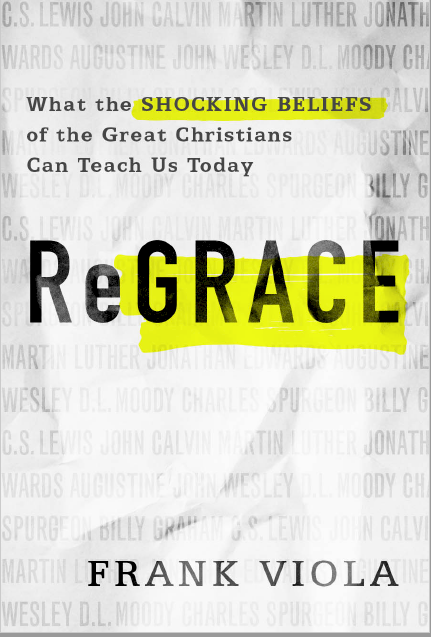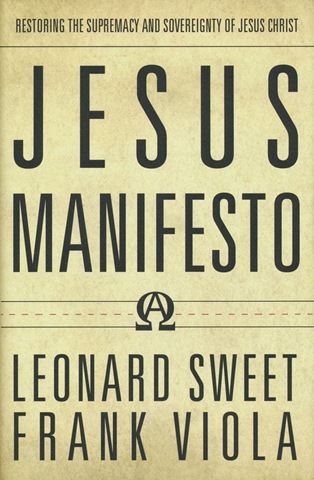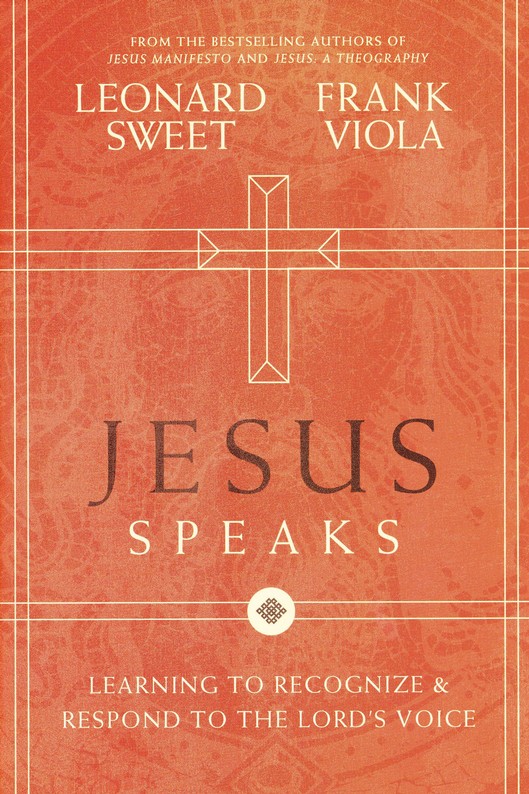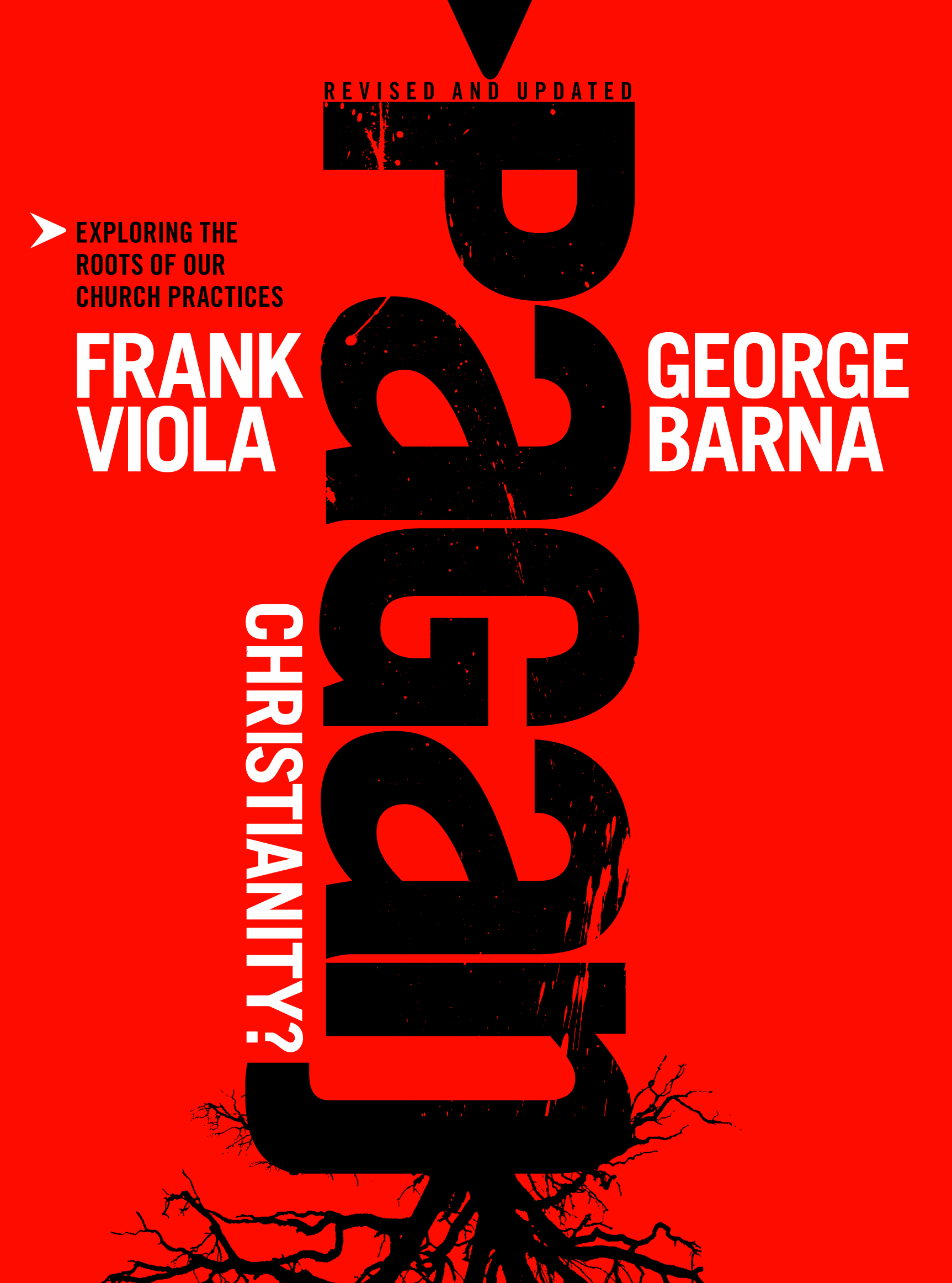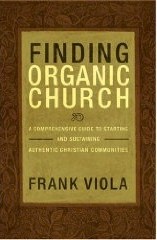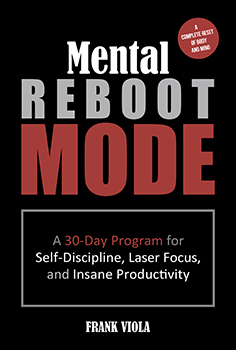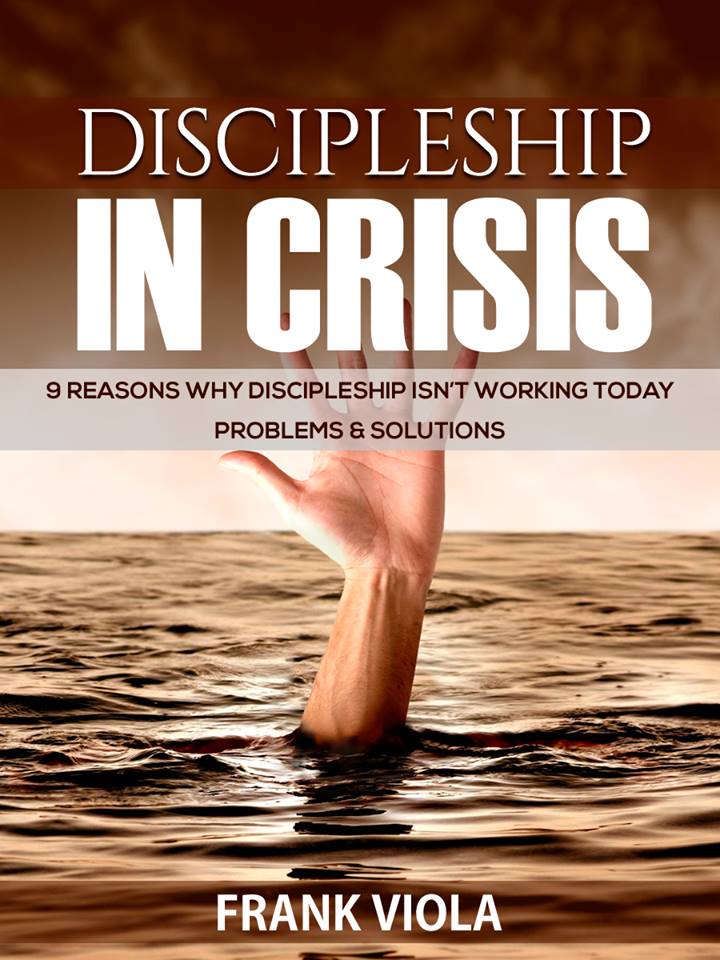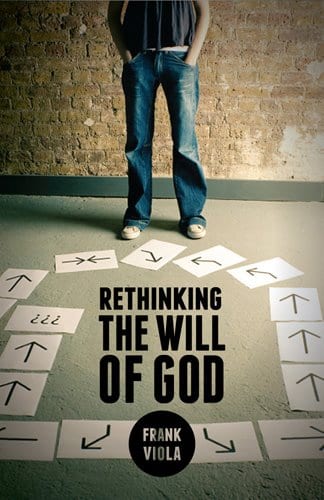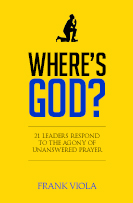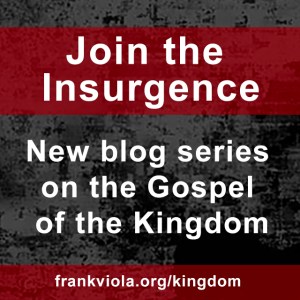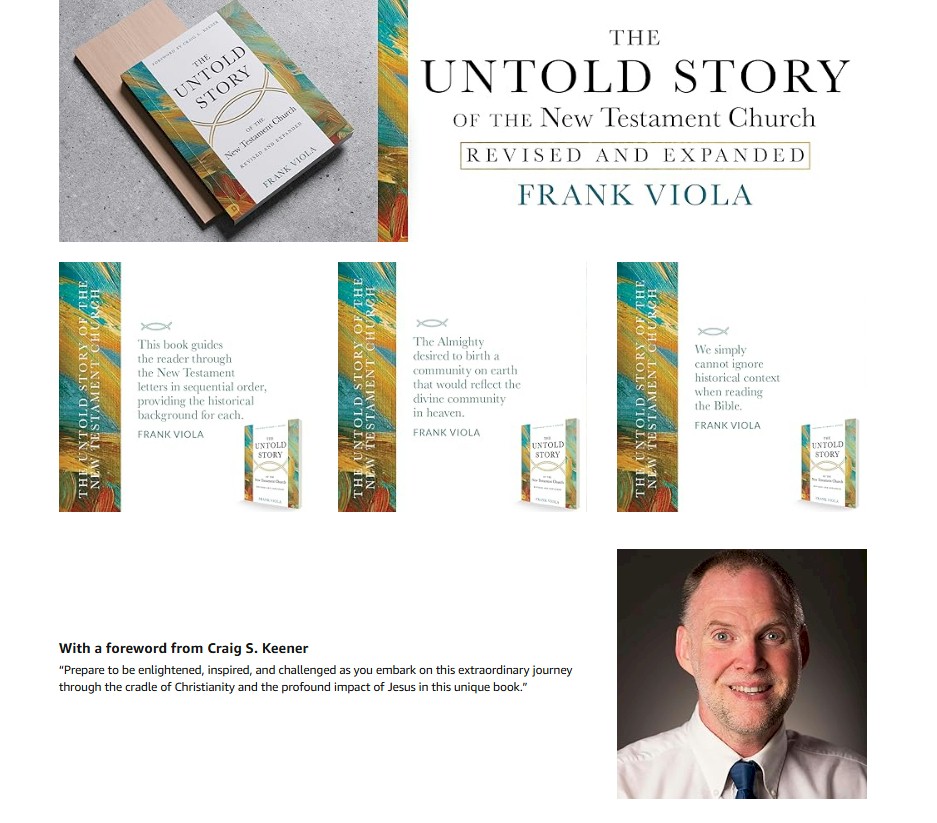
FOR IMMEDIATE RELEASE
Contact: authorfrankviola@gmail.com
***A New Touchstone for Understanding the New Testament***
The Untold Story of the New Testament: Revised and Expanded
In this definitive reconstruction of the New Testament narrative, bestselling author Frank Viola beautifully weaves the drama in Acts with the Epistles chronologically as well as adding fascinating details about first-century life—creating one riveting story.
This unique book represents a revolutionary paradigm shift in our approach to reading and interpreting the New Testament. It’s a fresh and innovative presentation that unlocks the epic Biblical story in a way that will leave readers amazed.
Though not a fiction work, this tour de force reads like a movie on paper that will captivate your heart by putting you in the center of the drama, giving you a firsthand account of the first-century story. Drawing from the best of contemporary scholarship, the book includes background information about the people, cities, and places that are mentioned in Matthew through Revelation.
Readers will feel transported into an electrifying first-hand account of the New Testament drama. Watch the chaotic swirl of first-century people, churches, and events fall into place before your very eyes.
Discover what Paul’s “thorn in the flesh” really was. Learn what happened to the apostles after the book of Acts ends. This powerful book is poised to become an essential resource for all Christians, pastors, and Bible study leaders who desire a deeper, more biblically grounded faith.
ENDORSEMENTS FROM LEADING SCHOLARS
“In The Untold Story of the New Testament Church, Frank Viola brings context and background together, inviting us on a captivating journey through the birth and growth of the first-century church. With a reputation for captivating prose and heartfelt storytelling, Viola brings his unique perspective to reconstruct the events from Matthew to Revelation. (From the Foreword.)
—Craig S. Keener, F. M. and Ada Thompson Professor of Biblical Studies, Asbury Theological Seminary
“This unique volume is full of documentation as well, showing the care that went into it. For pastors and all others interested in the unfolding of the New Testament, this book is a treasure to mine.”
—Darrell Bock, Executive Director for Cultural Engagement Hendricks Center Senior Research Professor of New Testament Studies
“With great erudition, Frank Viola has provided readers with a wonderful resource. It would be an understatement to say the breadth of research involved in this project is ‘impressive.’ Highly recommended.”
—Michael Licona, Ph.D., Professor of New Testament Studies, Houston Christian University
“Frank Viola performs an invaluable service for Christians today by centering this book on the story of the early church, what he calls “the community of the King.” The result is a highly readable (and well-researched) story of the New Testament church, a genuinely accessible biography of the church, that congregations and classrooms will find indispensable.”
—Joel B. Green, Senior Professor of New Testament Interpretation, Fuller Theological Seminary
“In this fascinating volume Frank Viola seeks to write a narrative history of the early church by examining the New Testament documents within their respective historical and chronological contexts. His conclusions are plausible and consistently interesting and insightful. This is an excellent resource for those seeking to understand authentic Christianity by listening to its earliest voices.”
—Mark L. Strauss, Ph.D., University Professor of New Testament, Bethel Seminary
“In The Untold Story of the New Testament Church, bestselling author Frank Viola offers a lengthy innovative reconstruction correlating the chronological sequence in the narrative of Acts with the apostolic journeys and letters of Paul and the other apostles. A treasure trove of detail for Christian pastors and leaders of Bible study, with magisterial references to books and articles by Christian New Testament scholars.”
—Richard Horsley, Distinguished Professor Emeritus of Liberal Arts and the Study of Religion at the University of Massachusetts, Boston
“In one volume Frank Viola has recast the entire New Testament as a single readable narrative, but as supported by scholarly notation of the highest order. This single book is for the general reader, the pastor, and the academic. The Untold Story of the New Testament Church is an amazing accomplishment. I know of no book like it. Highly recommended.”
—Paul Barnett, Ph.D., New Testament Scholar and Lecturer Emeritus, Moore College, Sydney; teaching fellow at Regent College, Vancouver
“I know no other book like this. Written for everyday readers, it is accessible, engaging, and compelling—and yet it is meticulously researched with depth and breadth of learning, in conversation with leading scholars in the field. I highly recommend this book to anyone who wants to understand how the whole New Testament fits together—as history, theology, and mission.”
—Constantine R. Campbell, Professor and Research Director, Sydney College of Divinity
“This is an enormously helpful survey of the history of the roughly thirty years from the ministry of Jesus to the end of the apostolic period, replete with comments on the significance of historical events for the faith of Jesus followers and with comments on secondary literature.”
—Eckhard Schnabel, Mary F. Rockefeller Emeritus Distinguished Professor of New Testament Studies at Gordon-Conwell Theological Seminary.
“Viola weaves the evidence of the New Testament into a single unfolding and compelling story. Yet he does so not with unbridled imagination, but with a profound reliance on the best scholarship available. The end result is an accurate, engaging and compelling account of this movement that has had a monumental impact on history and continues to do so today.”
—Clinton E. Arnold, Research Professor of New Testament, Talbot School of Theology (Biola)
“Frank Viola has bravely and diligently undertaken the task of collecting the many bits and pieces of this story that can be known from the letters alongside Acts and of presenting one plausible vision of how all these pieces can be synthesized into a coherent, unfolding story.”
—David A. deSilva, Trustees’ Distinguished Professor of New Testament and Greek, Ashland Theological Seminary
“Viola has produced a truly remarkable book—a reconstruction of the gospel story of the New Testament church that skillfully and helpfully presents the events recorded in Matthew through Revelation in a chronological rather than canonical order. “
—Jeffrey A. D. Weima, Professor of New Testament Calvin Theological Seminary, Grand Rapids, Michigan
“Frank Viola uses the evidence from your Bible to tell the story of Jesus and the New Testament church as a single drama from beginning to end. Using the biblical accounts, he weaves a careful, readable chronology that (as the title asserts) has never been done before!”
—Reta Halteman Finger, professor emerita of New Testament at Eastern Mennonite University
“Often, we take the letters of Paul in isolation from the letters of John or the Acts of the Apostles or the book of Revelation. Instead, Viola knits these together into a satisfying account of what happened in the first century of the Jesus movement. This is no solo project; he analyzes loads of data with the help of top scholars from around the world to guide him, and us. What emerges is an engaging, intricately told, plausible account of the origins of our Christian faith that sheds fresh light on all the New Testament letters. The story continues . . .”
—David B. Capes, Ph.D., New Testament Scholar and Director of Academic Programming, The Lanier Theological Library and Learning Center, Houston
“Frank Viola’s The Untold Story of the New Testament Church offers a compelling narrative of the entire New Testament and early Christianity from the Gospels to Revelation. It’s truly a monumental accomplishment that connects history and Scripture with attention to detail as a cohesive whole.
—Alan Bandy, Robert Hamblin Chair of Biblical Exposition Professor of New Testament and Greek at New Orleans Baptist Theological Seminary
“This vivid retelling brings to life Paul and his companions—alongside Peter, James, and John—chronicling the conflicts and hardships they endured and their unwavering courage to proclaim Jesus as promised Messiah and Savior. Viola’s ‘plausible reconstruction’ not only fills in the New Testament’s historical narrative but also invites readers to see themselves as part of an ongoing story. (Lovers of footnotes will find themselves in paradise!)”
—Amy J. Chase, Ph.D., Drew University, Madison, New Jersey
“Understanding the early church requires more than just dry facts. Frank Viola’s The Untold Story of the New Testament Church takes on the monumental task of retelling this history in a captivating narrative, offering a fresh perspective on the people, places, and events that shaped Christianity.”
—Christoph Heilig, Ph.D., New Testament Scholar and Research Group Leader at the University of Munich
“A masterpiece! The Untold Story of the New Testament Church: Revised and Expanded is stunning in its sweep – compelling and readable. It’s an enthralling journey into the New Testament story – a work full of depth and insight.”
—Jon Zens, D.Min., theologian, author, editor of Searching Together
The Untold Story of the New Testament: Revised and Expanded is available now.
About the Author:
Frank Viola has helped thousands of people around the world to deepen their relationship with Jesus Christ and enter into a more vibrant and authentic experience of church. His blog, frankviola.org, is rated as one of the most popular in Christian circles today.
For details on the book, Sneak Peek Sampler, endorsements, interviews, FAQ and how to order, go to TheUntoldStory.net.

